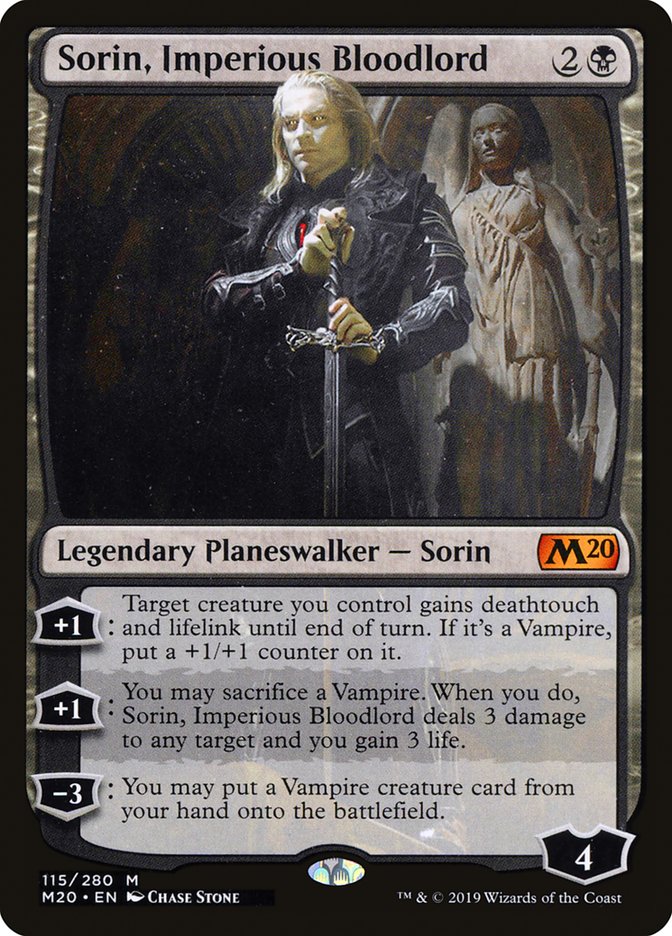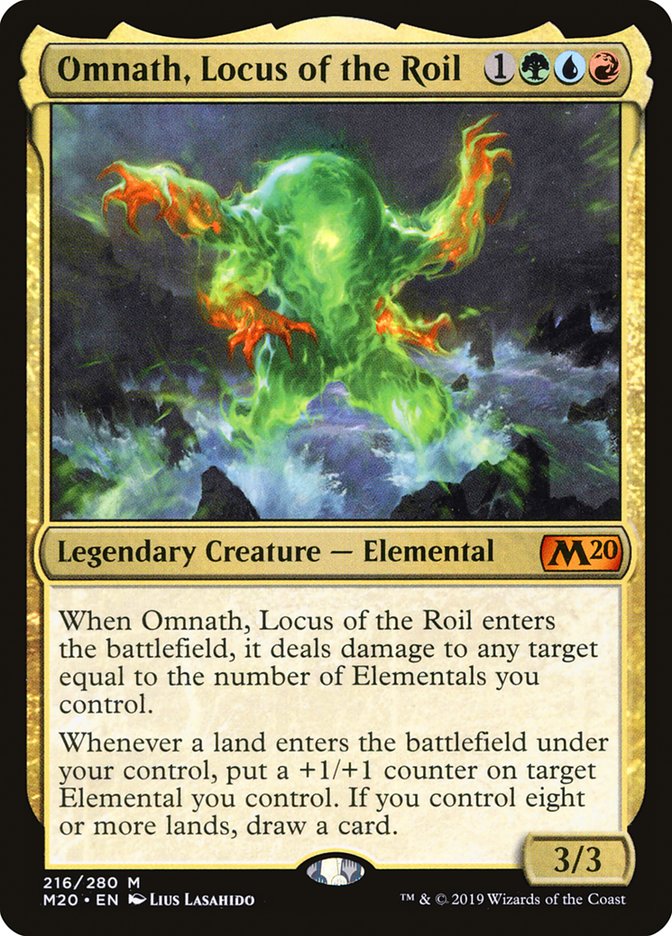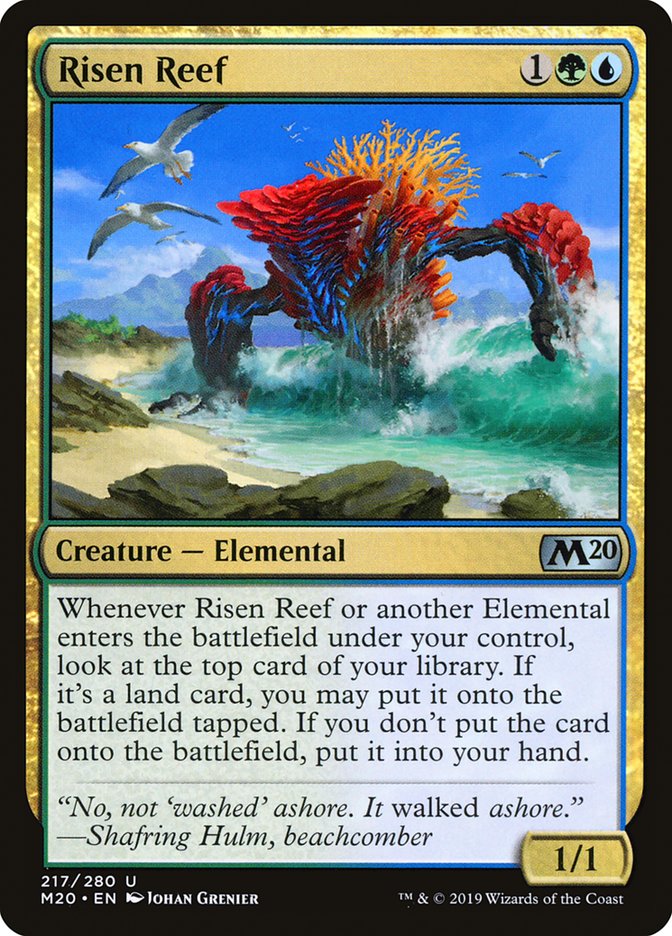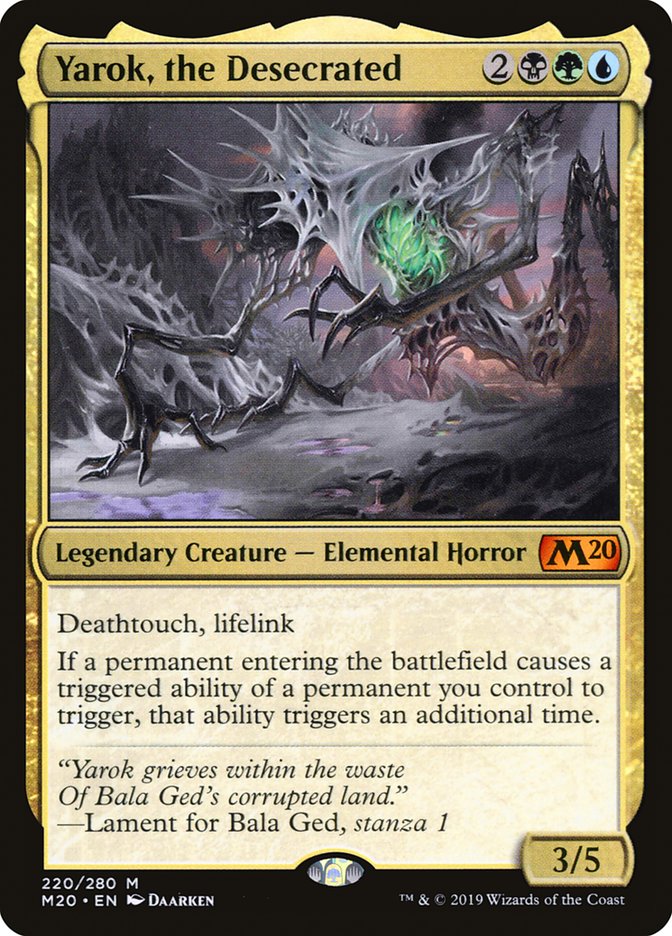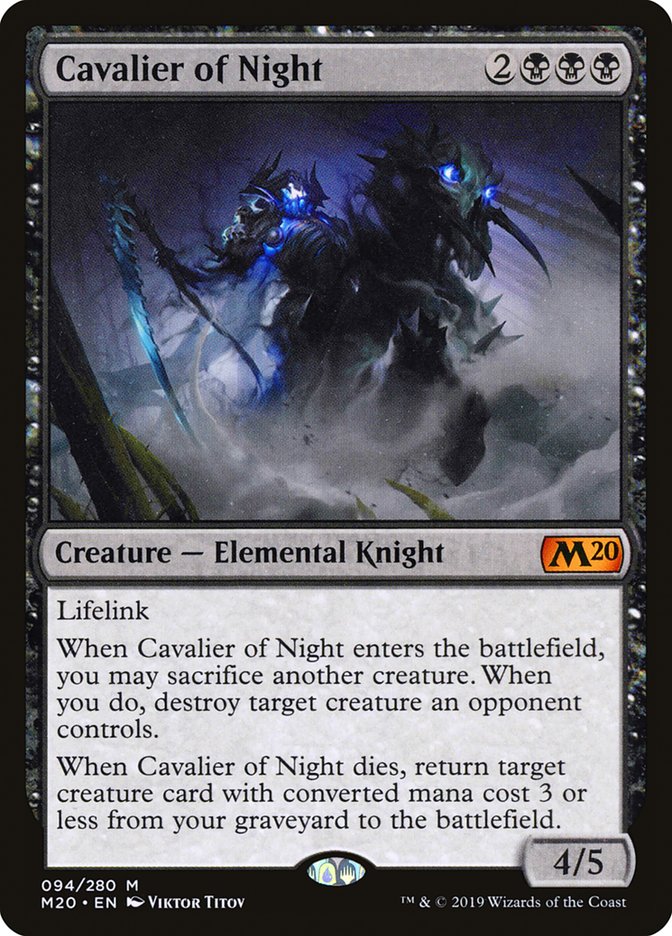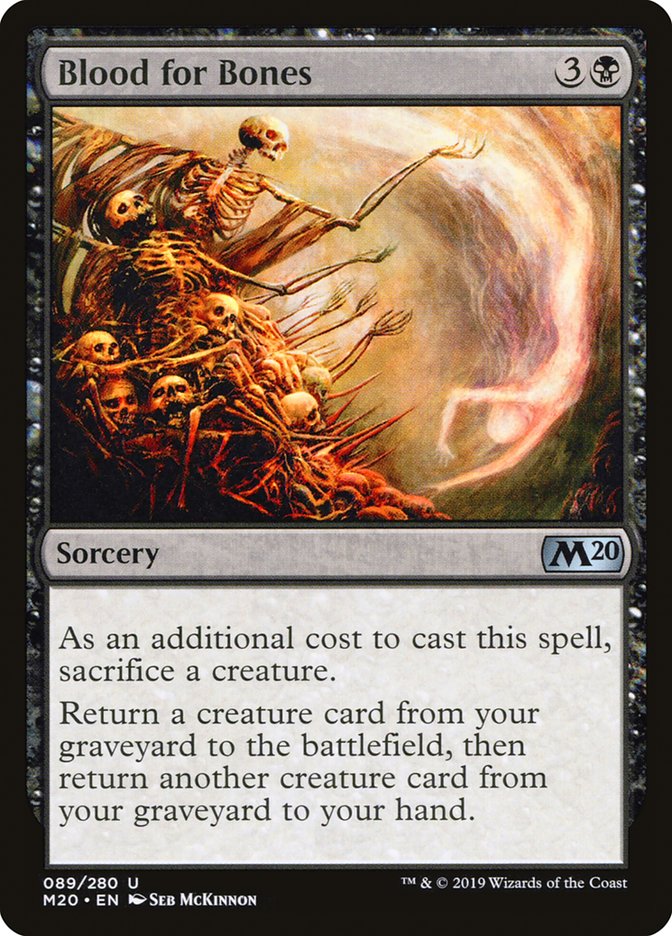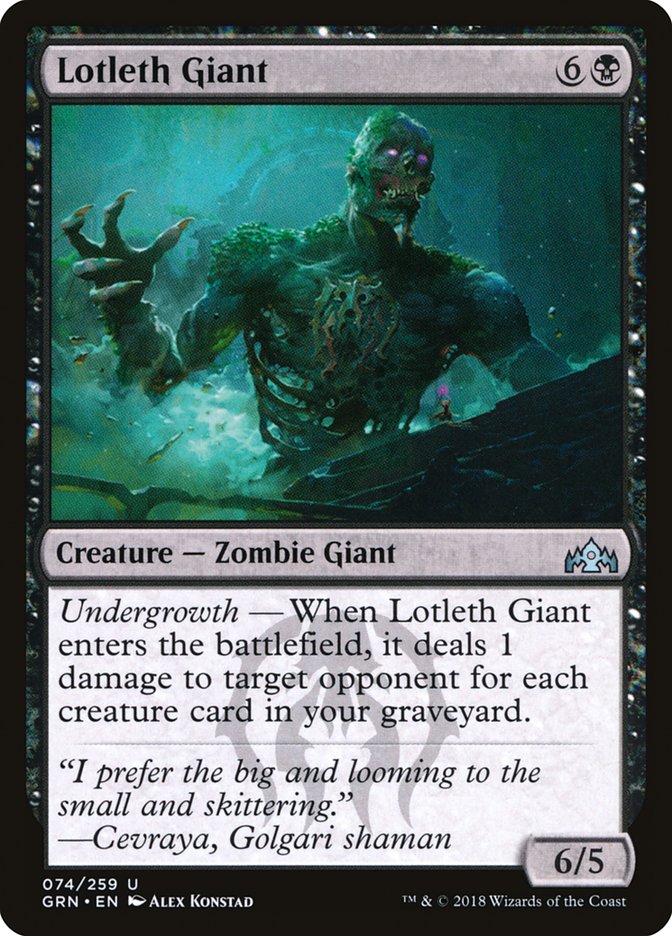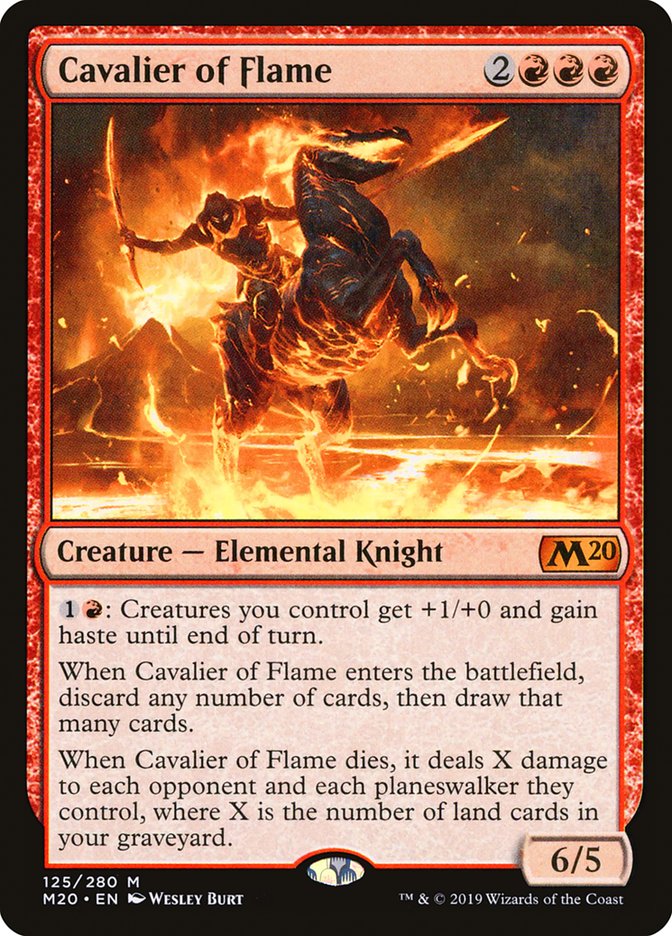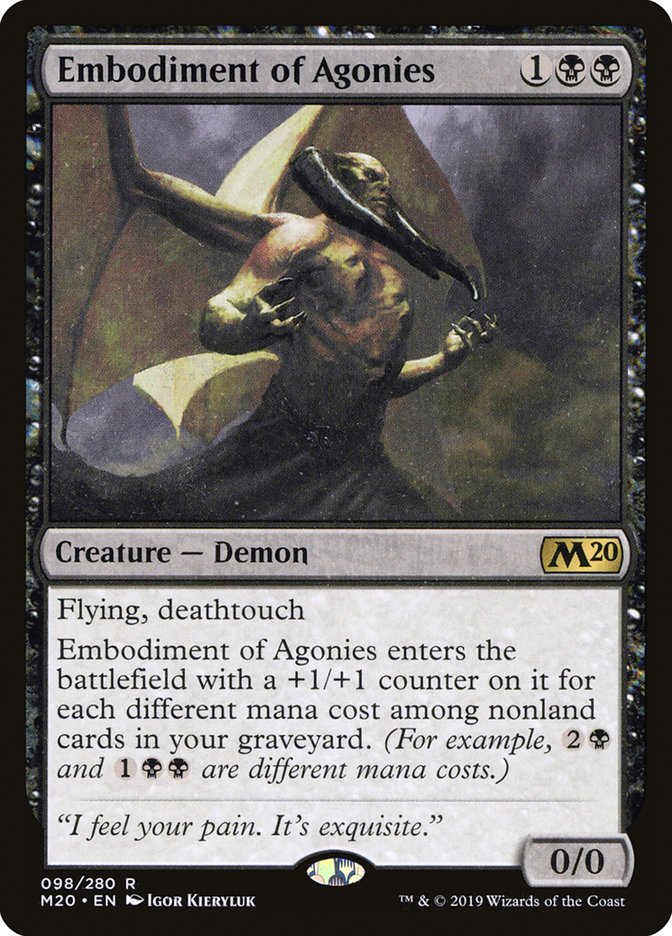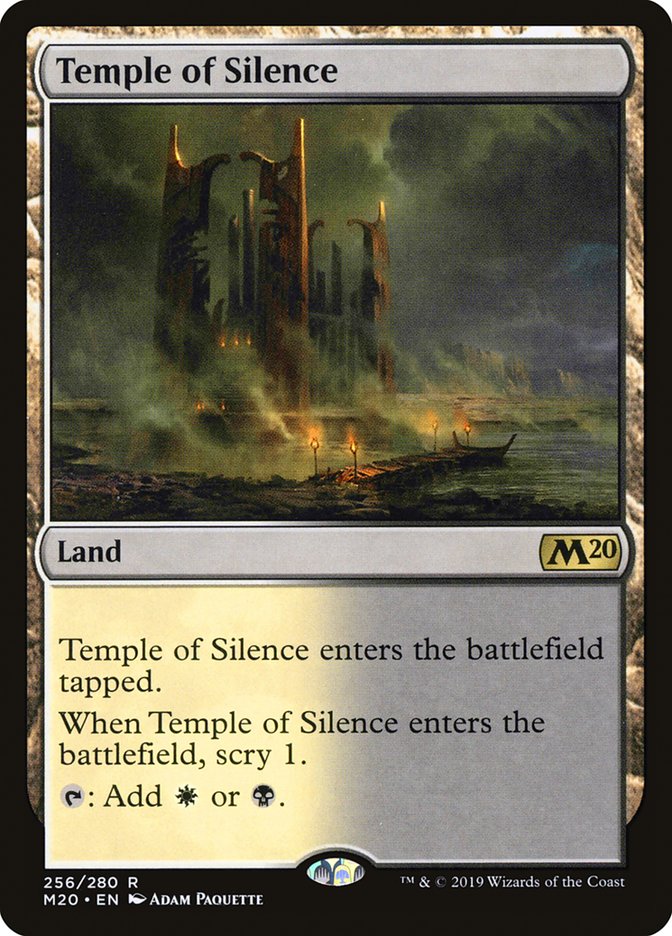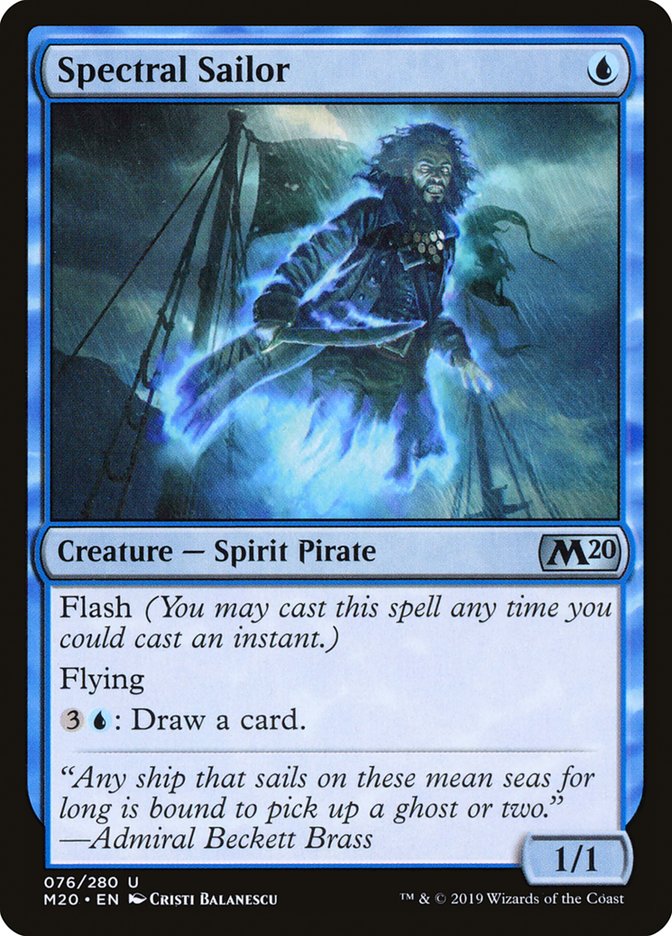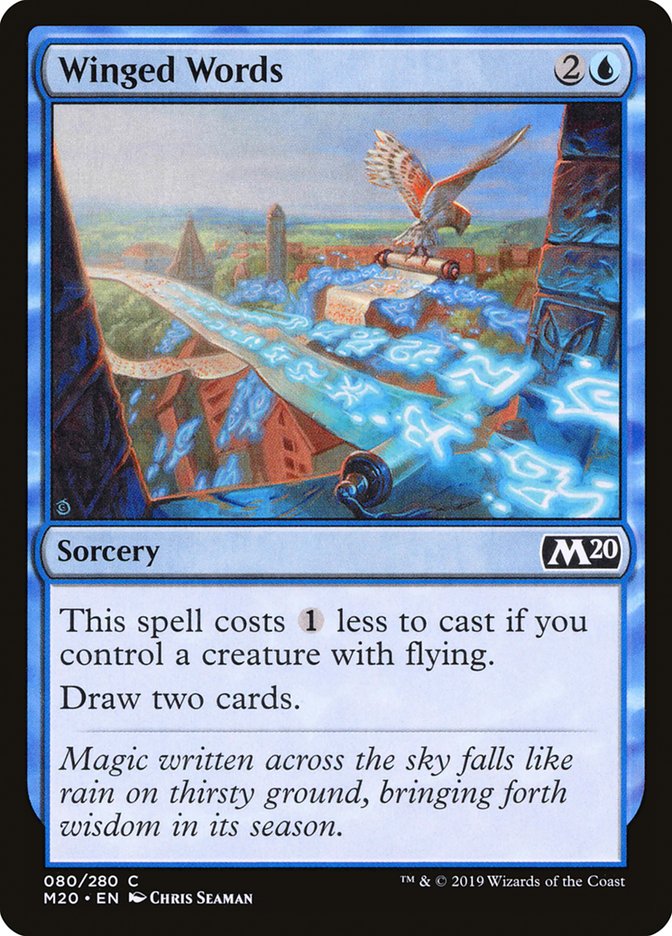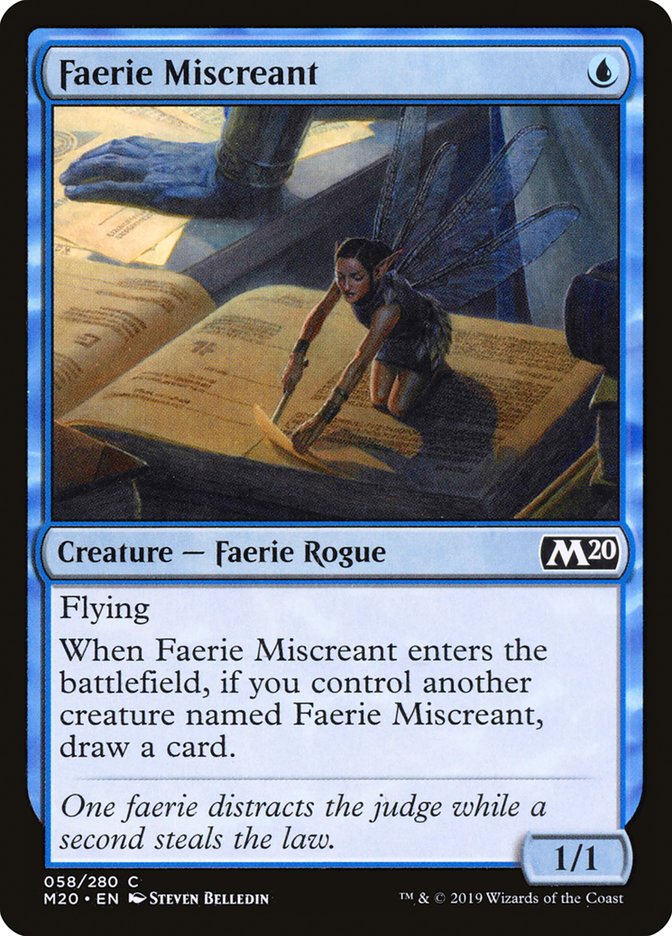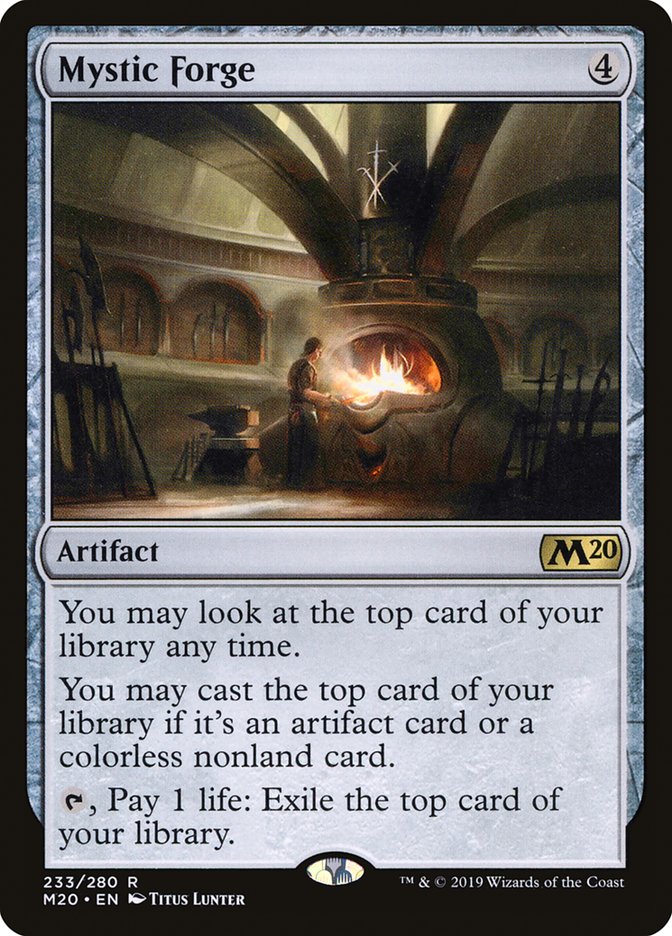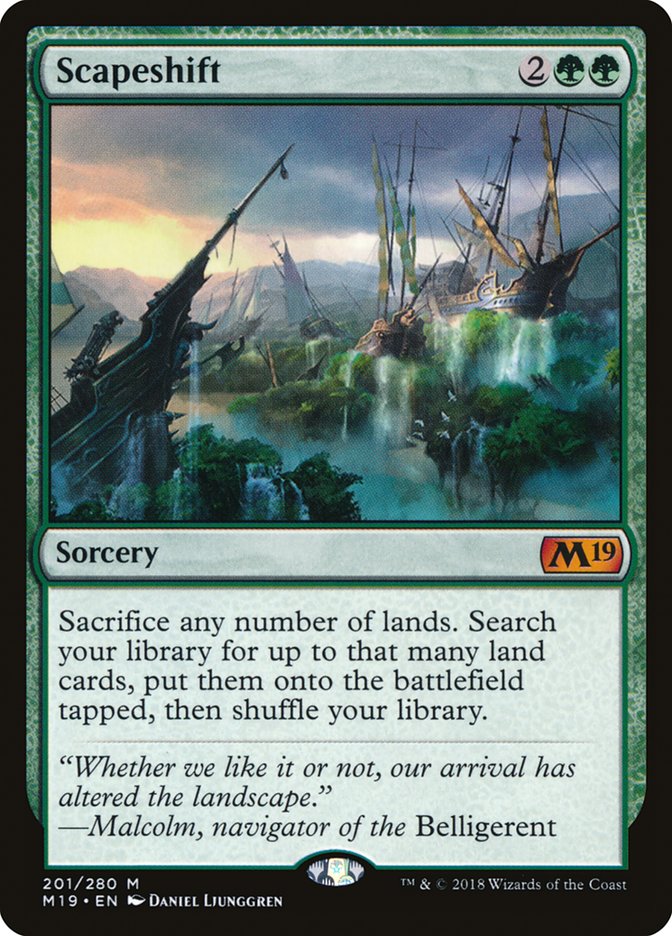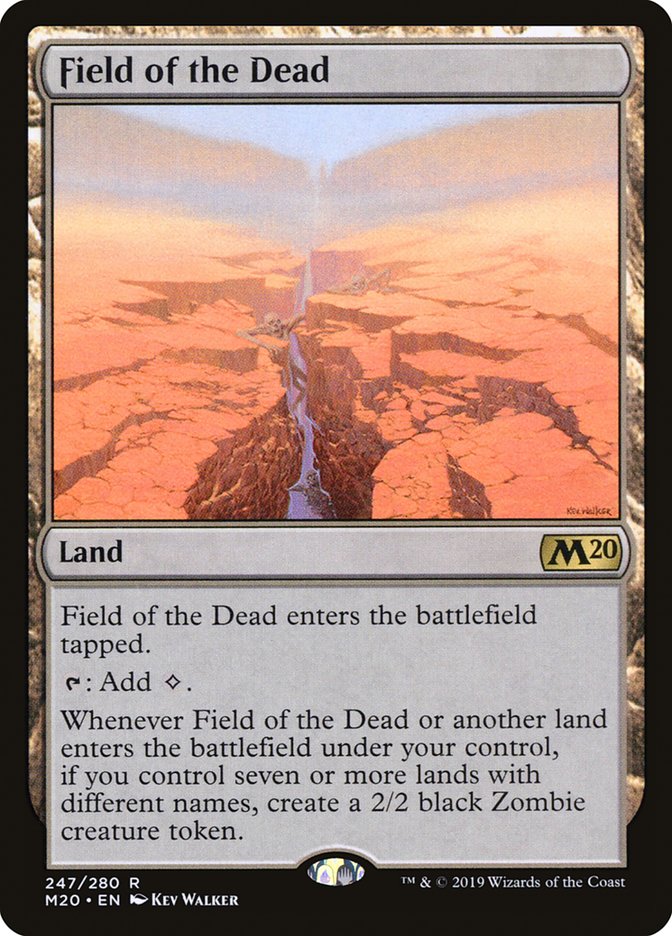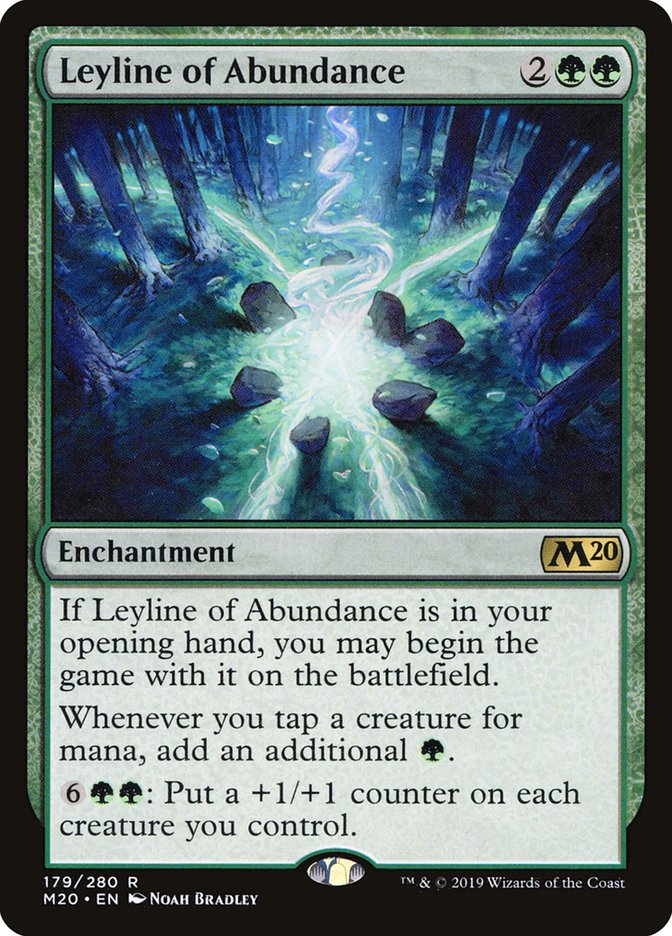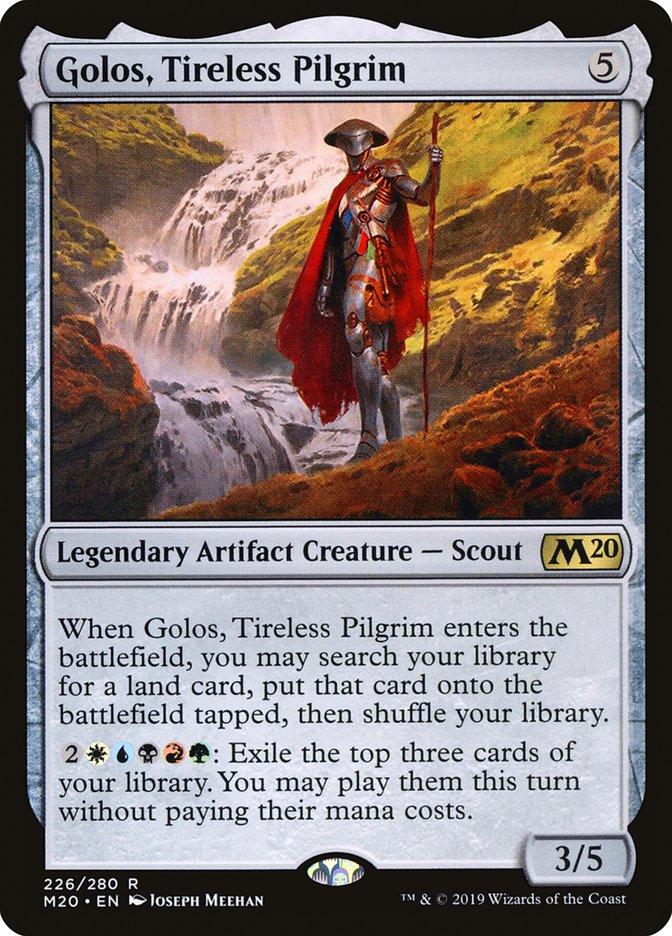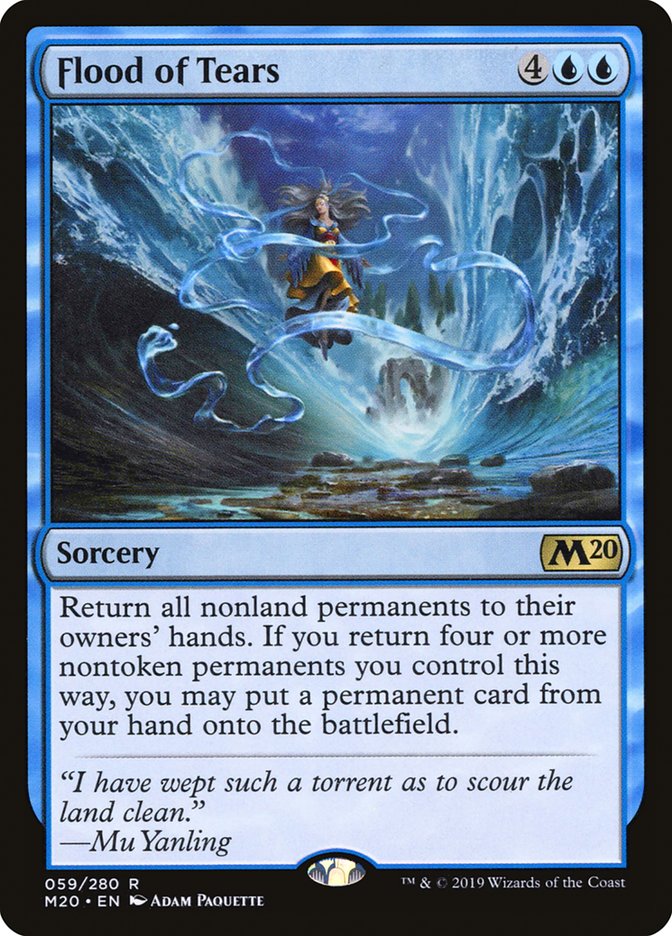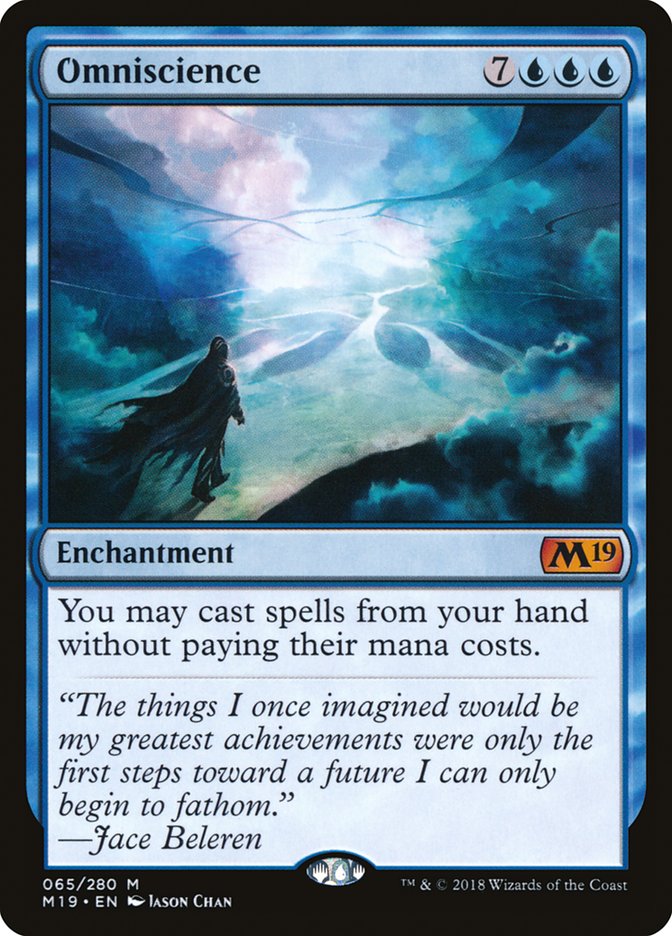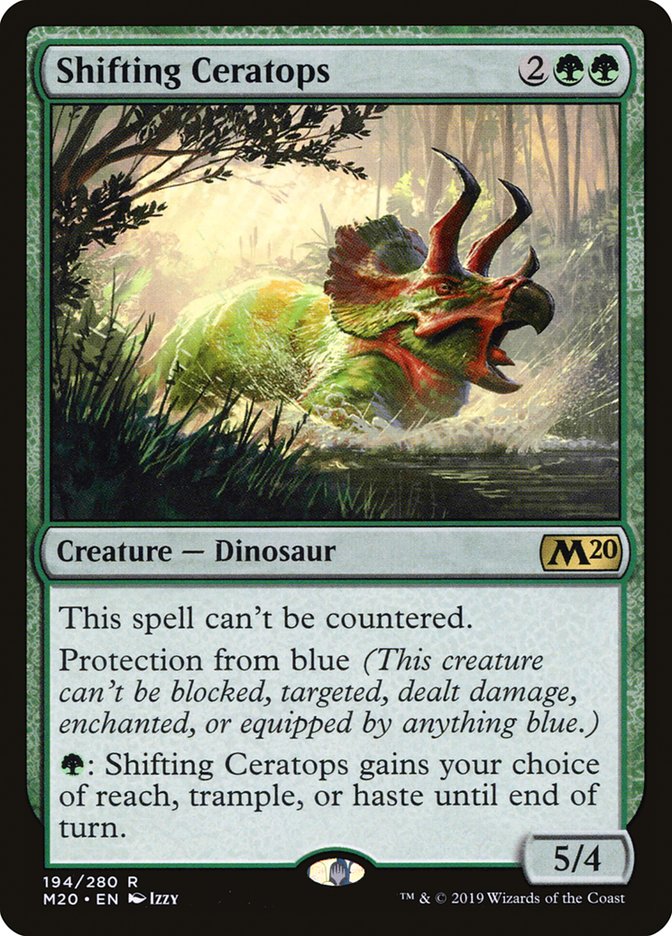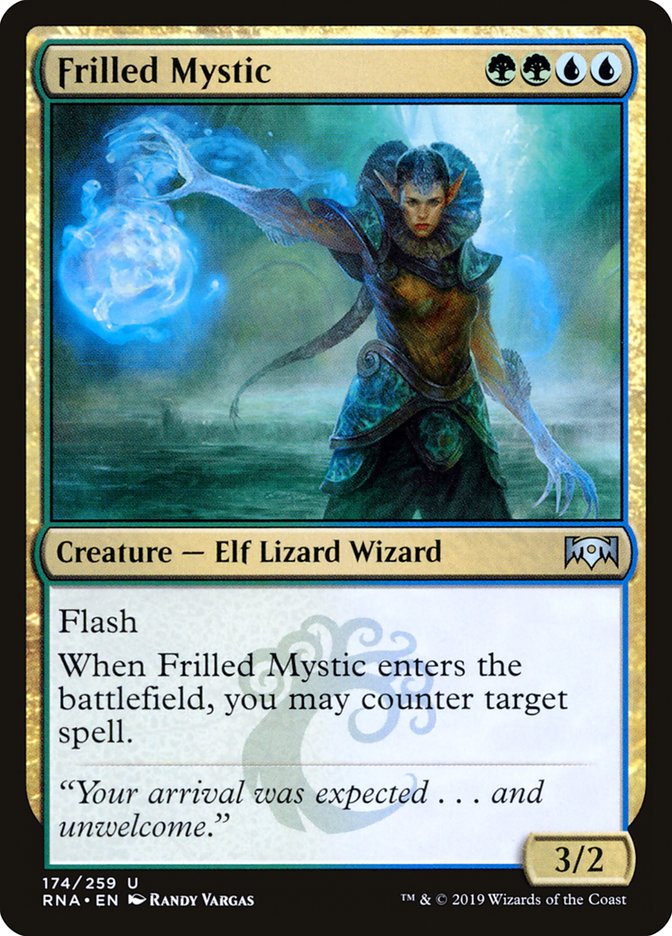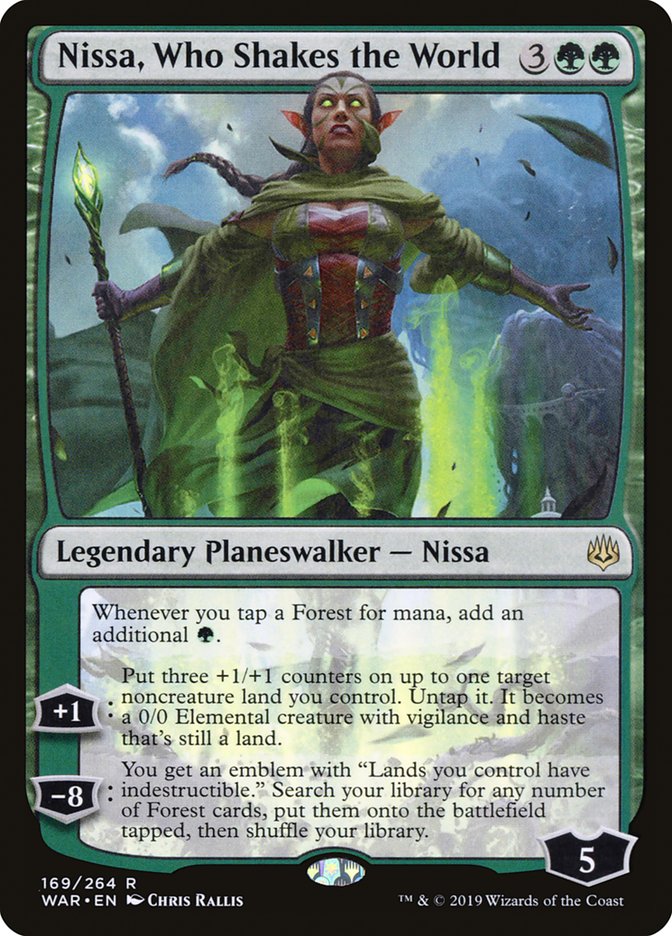Similar to how Core Set 2020 will be one of the most impactful sets on Standard, this might go down in history as my best-hitting article. There’s something for everyone.
Strap in.
Creatures (24)
- 4 Adanto Vanguard
- 4 Legion Lieutenant
- 4 Skymarcher Aspirant
- 4 Dusk Legion Zealot
- 4 Champion of Dusk
- 4 Knight of the Ebon Legion
Planeswalkers (6)
Lands (23)
Spells (7)

People sure are building their Vampire decks weirdly. Sorin, Imperious Bloodlord is exactly the card Vampires needed to be playable, and both it and Champion of Dusk are cards that encourage you to have an early battlefield presence. Why aren’t I seeing more one-drops in these lists?
With Sorin as a build-around, I want my deck to at least have a passing resemblance to the white aggro decks from last season. Now we have a reason to go a little bit bigger because we can play longer games against control and midrange. We’re getting closer to Amonkhet Zombies in overall strategy.
It’s worth noting that Sorin requires some sacrifices, so that pulls us in a direction further away from the current white aggro decks. Dusk Legion Zealot and Sorin, Vengeful Bloodlord are fine concessions to those needs.
After being high on Icon of Ancestry in this archetype, I’ve cooled off a bit. The card is great, but this deck might have enough ways to use its mana effectively. If that ends up not being the case, I’d be fine adding another Icon. After sideboard, you typically want Gideon Blackblade over Icon in grindy matchups, but that could change too.
I’m not maxing on Unclaimed Territory because of Legion’s Landing, Gideon Blackblade, and colored cards in general. The manabase looks strong already, so I don’t feel the need to max on multicolor lands. Temple of Silence doesn’t make the cut in the maindeck because the mana is already fine, plus I plan on using my mana on each turn.
You could also build this deck with more of an Aristocrats feel with Cruel Celebrant, but I like a more aggressive approach. Going further in that direction with Venerated Loxodon could be a good choice too. We’ll have to see how the metagame shakes out before making the best version.
Creatures (24)
- 3 Hydroid Krasis
- 2 Living Twister
- 4 Chandra's Embercat
- 4 Risen Reef
- 4 Omnath, Locus of the Roil
- 4 Leafkin Druid
- 3 Cavalier of Thorns
Planeswalkers (5)
Lands (25)
Spells (6)
Sideboard

I’m not sure how you can read Omnath, Locus of the Roil and Risen Reef and not be excited. I’m going harder on Elementals here, but I could see a version with the explore package instead of the mopey two-mana creatures.
Honestly, I’m skeptical of the Cavalier cycle. In any other Standard format, they’d probably be very strong, but with things like Teferi, Time Raveler and Despark, I’m not sure how big of an impact they’re going to make. Cavalier of Thorns has made the cut in basically all my green decks for one reason or another, and while I expect that trend to continue, the rest of them are very weak to Teferi or don’t have a good home at the moment.
You’re going to see a lot of my sideboards have some counterspells and some hate cards, but that’s basically where we’re at for Standard.
Creatures (28)
- 4 Runaway Steam-Kin
- 2 Living Twister
- 4 Creeping Trailblazer
- 4 Risen Reef
- 4 Omnath, Locus of the Roil
- 2 Scampering Scorcher
- 4 Scorch Spitter
- 4 Lightning Stormkin
Planeswalkers (4)
Lands (24)
Spells (4)
- 4 Shock

Yarok and Cavalier of Night are both black X/5s with lifelink, which doesn’t bode well for traditional Mono-Red Aggro. With Cerulean Drake and Aether Gust also around, Mono-Red Aggro as we know it might be dead. This is likely the new face of red-based aggro because it goes a little bigger.
That said, it’s not without issues. Scorch Spitter isn’t a powerful card and many of your creatures have a similar power level to Grizzly Bears, which isn’t where you want to be. If it’s possible to make use of these engines without having to resort to playing such mediocre cards, I’d be more interested.
Creatures (27)
- 4 Llanowar Elves
- 4 Wildgrowth Walker
- 4 Merfolk Branchwalker
- 4 Jadelight Ranger
- 3 Hydroid Krasis
- 2 Cavalier of Night
- 4 Risen Reef
- 2 Cavalier of Thorns
Planeswalkers (3)
Lands (25)
Spells (5)
Sideboard

Oh, look, another Risen Reef deck. If your deck wants to ramp and eventually cast a big payoff, Cavalier of Thorns is probably the perfect card for your deck. Additionally, Risen Reef is probably the best engine. This Cavalier-based approach is based off some of the early work from VTCLA.
Risen Reef was high on my Top 10 list, but it’s possible it’s very likely it should be the number one card in the set. You don’t actually have to play a dedicated Elementals deck to get great usage from Risen Reef because you can “splash” a light Elemental package of Risen Reef and Wildgrowth Walker, maybe with some Cavalier of Thorns.
Creatures (32)
- 4 Wildgrowth Walker
- 4 Merfolk Branchwalker
- 4 Jadelight Ranger
- 4 Stitcher's Supplier
- 4 Molderhulk
- 4 Glowspore Shaman
- 2 Lotleth Giant
- 2 Cavalier of Thorns
- 4 Gorging Vulture
Lands (24)
Spells (4)

Using Blood for Bones to reanimate Lotleth Giant is just good, clean Magic.
Thanks to Gorging Vulture, we now have a reasonable amount of self-mill cards in black, so we can go really hard. There’s a version of this deck that’s heavier black for Rotting Regisaur, Gutterbones, and Priest of Forgotten Gods. At that point, I’m more interested in Cavalier of Flame than Molderhulk, especially in combination with Blood for Bones.
Creatures (33)
- 3 Ravenous Chupacabra
- 4 Stitcher's Supplier
- 4 Rix Maadi Reveler
- 3 Judith, the Scourge Diva
- 4 Gutterbones
- 4 Priest of Forgotten Gods
- 3 Dreadhorde Butcher
- 4 Cavalier of Flame
- 4 Gorging Vulture
Lands (23)
Spells (4)

This one is untested.
I’m not sure how hard we’re supposed to go on Cavalier of Flame. You could play some minuscule cards to help it like Evolving Wilds and Elvish Reclaimer, but that’s not the most powerful use you can get out of the card. Realistically you want to be threatening lethal, regardless of it dying or if you get to untap with it. Having some sacrifice outlets makes threatening kills even easier.
Maybe Embodiment of Agonies is good enough here? A Rakdos deck with a more aggressive slant might want it. This is more of a value deck first and foremost, but it could have a place.
There are some other combos to be had with Cavalier of Flame and Lotus Field too. We’ve seen some exploration of Blood Sun and Kiora to take away Lotus Field’s drawback or Elvish Reclaimer to set it up. It all kind of seems like nonsense to me.
Creatures (8)
Planeswalkers (11)
Lands (26)
Spells (15)
Sideboard

This is boring considering how much it dominated last season, but it’s important not to forget its existence. Temple of Silence isn’t a massive addition, but it helps. Isolated Chapel was a Guildgate a quarter of the time anyway.
I’m eschewing most of the newer technology such as Nightveil Predator and Bolas’s Citadel because it’s not certain the mirror will be huge, at least immediately. Once the metagame is set, you can alter the sideboard as necessary.
Creatures (20)
- 4 Faerie Miscreant
- 4 Siren Stormtamer
- 4 Merfolk Trickster
- 3 Tempest Djinn
- 2 Pteramander
- 3 Spectral Sailor
Lands (19)
- 19 Island
Spells (21)

Standard has a ton of Bant Ramp decks, you say? Well, it might be time to dust off our twenty mismatching basic Islands! I’ve been very happy with this list so far.
This set is kind to Mono-Blue, from the additional one-drops to the sideboard cards that are great against Gruul and the additional engines that make it easier to grind against control decks. Mono-Blue Aggro might finally have all its bases covered.
Then again, there’s also Shifting Ceratops, which is a nightmare. You can race it, but that’s about your only option unless you want to go digging for weird artifacts.
Creatures (4)
Planeswalkers (12)
Lands (24)
Spells (20)
Sideboard

This is heavily inspired by Matt Nass.
I’m not sure where this type of deck fits in. It does a reasonable job of going over the top of a “normal” Standard format, but this one has Omniscience, Scapeshift, Mass Manipulation, and Command the Dreadhorde, which this deck sits firmly underneath.
It makes sense to play Karn, the Great Creator here too. I’d be more excited about “splashing” Golos if we had more impactful cards, but spinning Golos only to hit a bunch of medium artifacts isn’t exciting. Granted, you’ll probably be getting some 1/1s out of the deal, but is that enough?
Creatures (23)
- 4 Wildgrowth Walker
- 3 Merfolk Branchwalker
- 4 Jadelight Ranger
- 2 Hydroid Krasis
- 3 Dread Presence
- 4 Risen Reef
- 3 Cavalier of Thorns
Planeswalkers (2)
Lands (26)
Spells (9)
Sideboard

There are many potential directions to go in with Scapeshift. I’m leaning on the explore package to make Risen Reef and the early-game a little stronger, but that might be worse than playing some interaction and more engine cards. You can try to go hard on Risen Reef, but you really don’t have to.
Overall, I haven’t found these decks to be particularly good, but it’s possible I haven’t found the right shell. Most of my problems stem from the fact that a Scapeshift for fourteen Zombies still loses to a lot of cards commonly played at the moment. Sure, you can try to kill people with Dread Presence, but it’s not easy.
Creatures (31)
- 4 Teshar, Ancestor's Apostle
- 4 Militia Bugler
- 4 Stitcher's Supplier
- 4 Chamber Sentry
- 4 Priest of Forgotten Gods
- 4 Cruel Celebrant
- 3 Corpse Knight
- 4 Salvager of Ruin
Lands (24)
Spells (5)

I used Bryan Gottlieb’s shell for this build, but not playing Command the Dreadhorde seems like a mistake. Not only does it have the potential to set up your combo on its own, but bringing back a pile of Chamber Sentries, Cruel Celebrants, and Corpse Knights represents a kill on its own.
Creatures (22)
- 4 Llanowar Elves
- 3 Hydroid Krasis
- 4 Incubation Druid
- 4 Paradise Druid
- 4 Risen Reef
- 3 Golos, Tireless Pilgrim
Planeswalkers (10)
Lands (23)
Spells (5)

Maybe this is a worse version of Sam Black’s deck, but I don’t think so. He went hard on ensuring nearly every land in the deck was a Forest for Nissa, and while I respect that approach, it doesn’t seem necessary.
Leyline of Abundance has been surprisingly great. Not only is it incredible if it’s in your opening hand, but when you draw it later, it might be free to cast depending on how many mana creatures you have on the battlefield. With the London mulligan, Leylines are much stronger too!
Golos has a lot of synergy with Niv-Mizzet Reborn, despite not being able to be found with Niv-Mizzet himself. I could see a mashup with the two of them.
This list is clean and is the most fun I’ve had playing Core Set 2020 Standard so far, even if it’s not the strongest deck out there.
Creatures (7)
Planeswalkers (9)
Lands (25)
Spells (19)

Flood of Tears is a card that basically nobody was talking about until recently. For six mana, you get to reset both players and maybe get a free spell out of the deal. Considering how midrange-heavy Standard was last season with all the planeswalkers, it’s pretty easy to see the appeal of the card.
Casting Flood of Tears, bouncing your own value permanents, and putting Omniscience onto the battlefield is how this deck wins. From there, you can continually Flood, drawing cards each time with your cantripping permanents until you find Jace, Wielder of Mysteries and win the game.
There are probably ways to mash up this with Golos, Tireless Pilgrim. You end up with a lot of different colored mana sources anyway and the decks are mostly trying to accomplish the same thing. Regardless, I’m not a fan of how this deck is constructed because of the lack of early interaction and a Plan B. Overall, it seems worse than Simic Nexus in many ways.
Creatures (21)
Planeswalkers (6)
Lands (23)
Spells (10)
Sideboard

Maybe there’s less synergy here than in the above version, but I still like it. While you can’t use Omniscience to power out a large Hydroid Krasis, you can use it to cast all your ramp cards and follow it up with a huge Krasis on the following turn. Your value casts of Flood of Tears are also much stronger because you’re actually pressuring your opponents. The mana creatures and random beaters also allow you to transition into an aggro-control deck after sideboard thanks to things like Shifting Ceratops and Frilled Mystic.
I like that this build has a fail state of being able to cast Omniscience thanks to Nissa and Leyline of Abundance. My main gripe so far has been that Tamiyo doesn’t have easy cards to name, since we’re not playing many four-ofs.
Other than those minor concerns, this is one of my favorite decks so far. You get to utilize the new engines in some of the most unfair ways possible, which is always a good place to start for a new format.
Plenty to Choose From
While this article is expansive, it’s not all-encompassing. There are still decks to be explored with Cavalier of Dawn and History of Benalia; Kethis, the Hidden Hand; Scheming Symmetry; Goblin Ringleader; and even more things to do with Blood for Bones and Lotus Field.
While y’all figure that out, I’ll probably be casting Risen Reef for the thousandth time.


